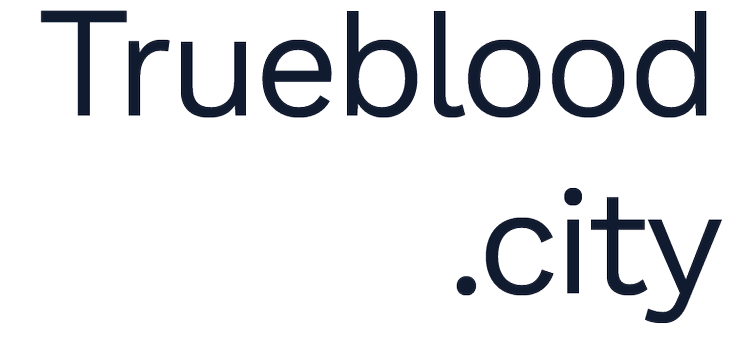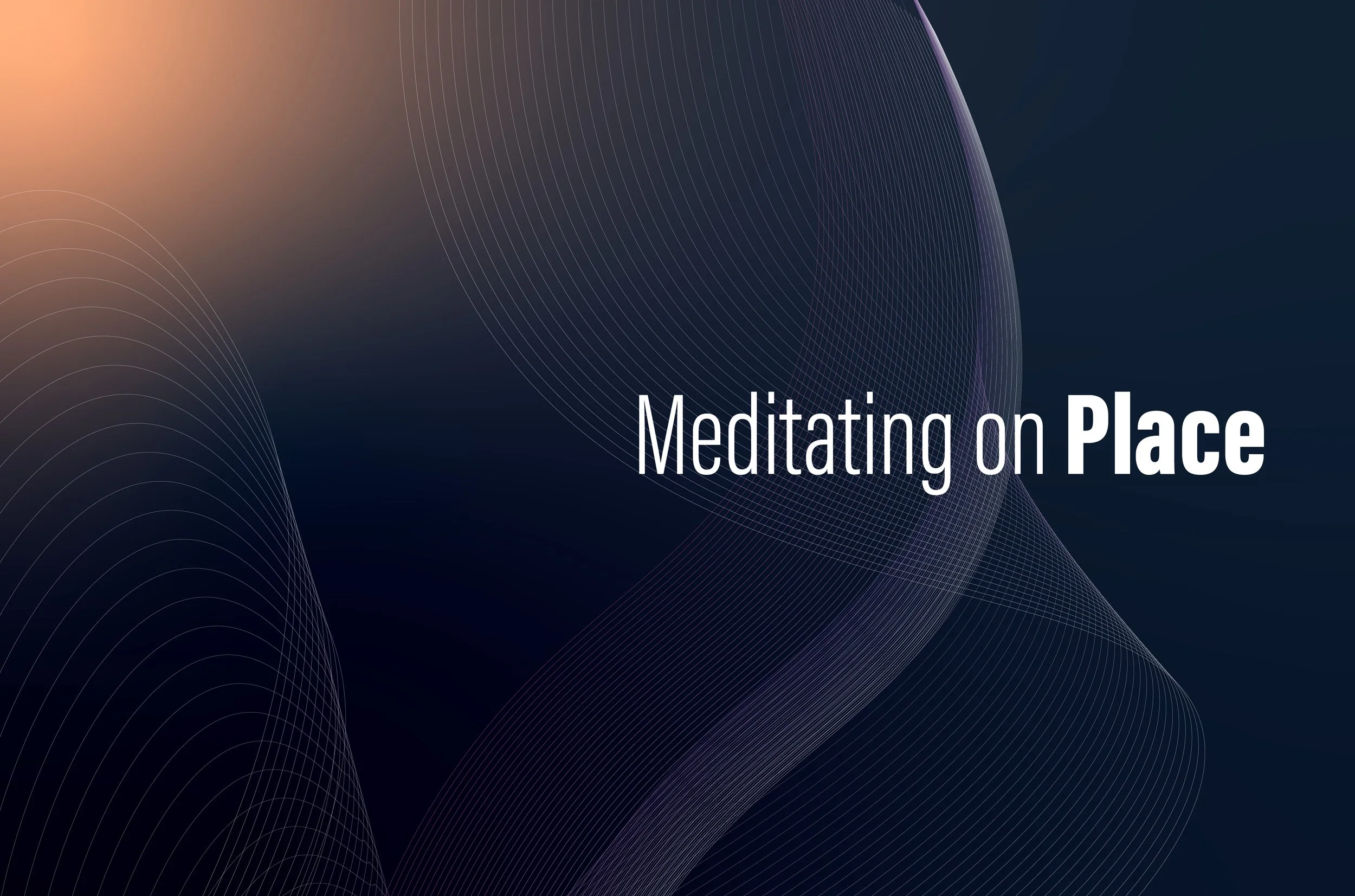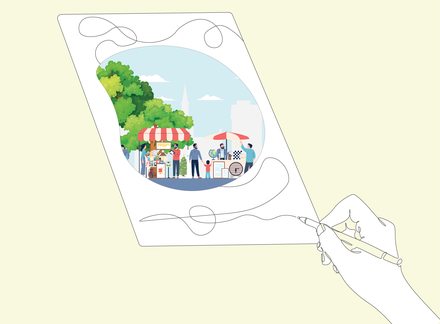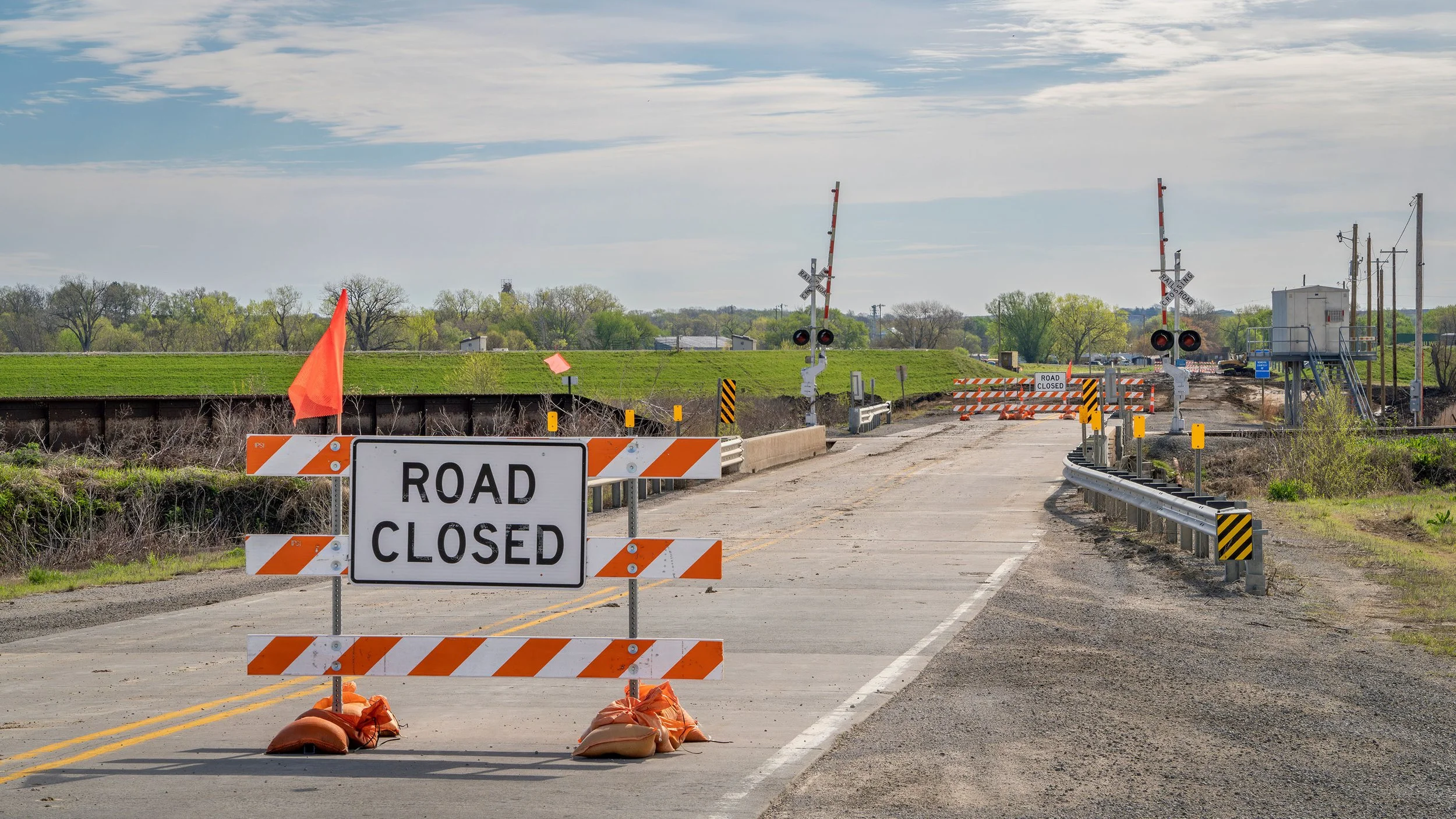Let’s Meditate on Place
A gift of place-based imagination
I hope everyone had a Thanksgiving full of thanks!
Maybe you’ve heard that the movie Wicked recently opened (if not perhaps you are just living off the grid). It reminded me of a classic John Updike article about the history of the Wizard of Oz universe, which includes a critical insight about Dorothy’s visit to Oz:
Dorothy on awakening protests, “It wasn’t a dream.” It was an alternative reality, an inner depiction of how we grow…Dorothy, capable and clear-sighted from the start, needs only to accept the grayness of home as a precious color, and to wish to return as ardently as she wished to escape “Over the Rainbow”…
So while we may not have time for a full adventure over the rainbow, maybe you can make time for an exercise . Visualization-which is perhaps just a grown up term for imagination-helps me step back and out of the world we take as given to see and appreciate the grays and perhaps help find ways of bringing in more technicolor.
Part 1
The first and more important step is to clear your mind as best you can. I realize it is probably the middle of a busy day, but as much as you can, let whatever happened before and whatever happens next go for the next five minutes.
Maybe you can make sure you are sitting comfortably. I would say close your eyes, but that would make the rest of this newsletter hard to get through. But, if you can, slow down. Plan to take your time reading this.
Maybe you can take a deep breath and focus on breathing for a few seconds. Picture your thoughts gently drifting away, like leaves floating down a stream. There’s no need to chase them—just let them go.
Part 2
Ok, now that you are relaxed, picture a magical place. Don’t worry about what magical means, just let your mind choose.
See it?
What is this magical place?
Where is it?
What is the energy of this place?
What do you see? What do you smell?
Now reflect on what it is about this place that makes it magical. If you have the time and interest, you can take a moment to write these down.
Part 3
Now picture an actual place that you would want to be right now.
See it?
Now what is this place?
How do you get there?
What do you see? What do you hear?
What makes this place special?
Now reflect on what is it that makes you want to be there right now.
Part 4
Finally, picture a real place that you would want to live if you didn’t have to worry so much about the everyday logistics like money, transportation, schools, healthcare, etc.
See it?
What is this place and where is it?
Who is around you?
Reflect on what it is that makes you want to live there.
Ok, I see places…so what?
What was it that made your magical place magical? How can you find that magic in your everyday life and places? Perhaps more realistically, what is it about the other places that you liked and how can you find those characteristics and experiences in your everyday life and existence? If not necessarily where you live, perhaps where you visit.
For me, Washington, DC during the Cherry Blossom bloom is magical. While those flowers cannot happen everyday, there are things that can be captured, like tree cover, lots of people out and about, and a whole city aligned around something.
Last month I went to my first ever book club, which was about the book City Limits. I left the discussion realizing that the stories, about highway expansion in Texas, show how policies and investments make a certain type of transportation, a certain type of living, and a certain type of place the default because the policies and investments make them easiest or cheapest. It was but one policy example of how our systems are the result of many decisions layered together over generations. As individuals at the mercy of these systems around us, we often must make those easy or affordable decisions. But sometimes we have the chance to imagine what we could achieve if we change those constraints and systems.
I do this kind of visualization exercise when I feel constrained by the everyday realities of life. It helps me discern and focus on what it is I love about a place. When we thought about the future of DC’s downtown, we used a similar exercise to help people think bigger, beyond the challenges of the day (i.e. public safety and transportation). It helped us consider questions like what is it that makes downtown great and why would people love to be here? What is the joy?
So in this holiday season, the point of this meditation is to give you a gift of a couple of images in your mind’s eye of a place you might want to be temporarily or permanently. And maybe these can inspire some ideas for how you can make the places you inhabit more like your mind’s eye places. While you could put your ideas in descriptions into an AI image generator, I encourage you not to so as to keep these images as yours. But I do encourage you to write it down.
And if you want to give me a gift, I would love to hear any thoughts or revelations you had during this meditation!
Some Nostalgia…
Given it’s the end of the year, I thought I would re-share my previous 6 newsletters for this year in case you missed any.
Kicking off with Kairos - Cities (and society) are a kairosian moment of upheaval and opportunity.
The Downtowners - Sharing some common “silver bullet” solutions to revitalizing downtown...and what many of them miss.
A Love Letter to Civic Infrastructure - Pressing pause on politics to press play on civics.
What’s in a number? - Maybe some housing relief. The last month saw two important goals for housing policy nerds that could be critical to addressing housing costs.
Policy Zooming - A butterfly flaps its wings in Brazil and causes a tornado in Texas. An industrial building tries to locate in a suburb of Cleveland in the 1920s and we end up in a national housing crisis in the 2020s.
Generations of Change - An imagined interview with grandfather about the nature of change in the places we love.
Whatever it is, the way you tell your story online can make all the difference.
Some Links…
After many years, WMATA, the DC region’s transit agency, released its first major redesign of the region’s bus system, called the Better Bus Network.
The Terner Center for Housing Innovation has a valuable review of state-level pro-housing policies and their challenges.
Meanwhile, Brookings has a review of state-level transportation policies, which also highlights some challenges.
The Urban Libraries Council released its 2024 Urban Libraries Report, which has some great data that shows some significant increases in usage across libraries across the country.














